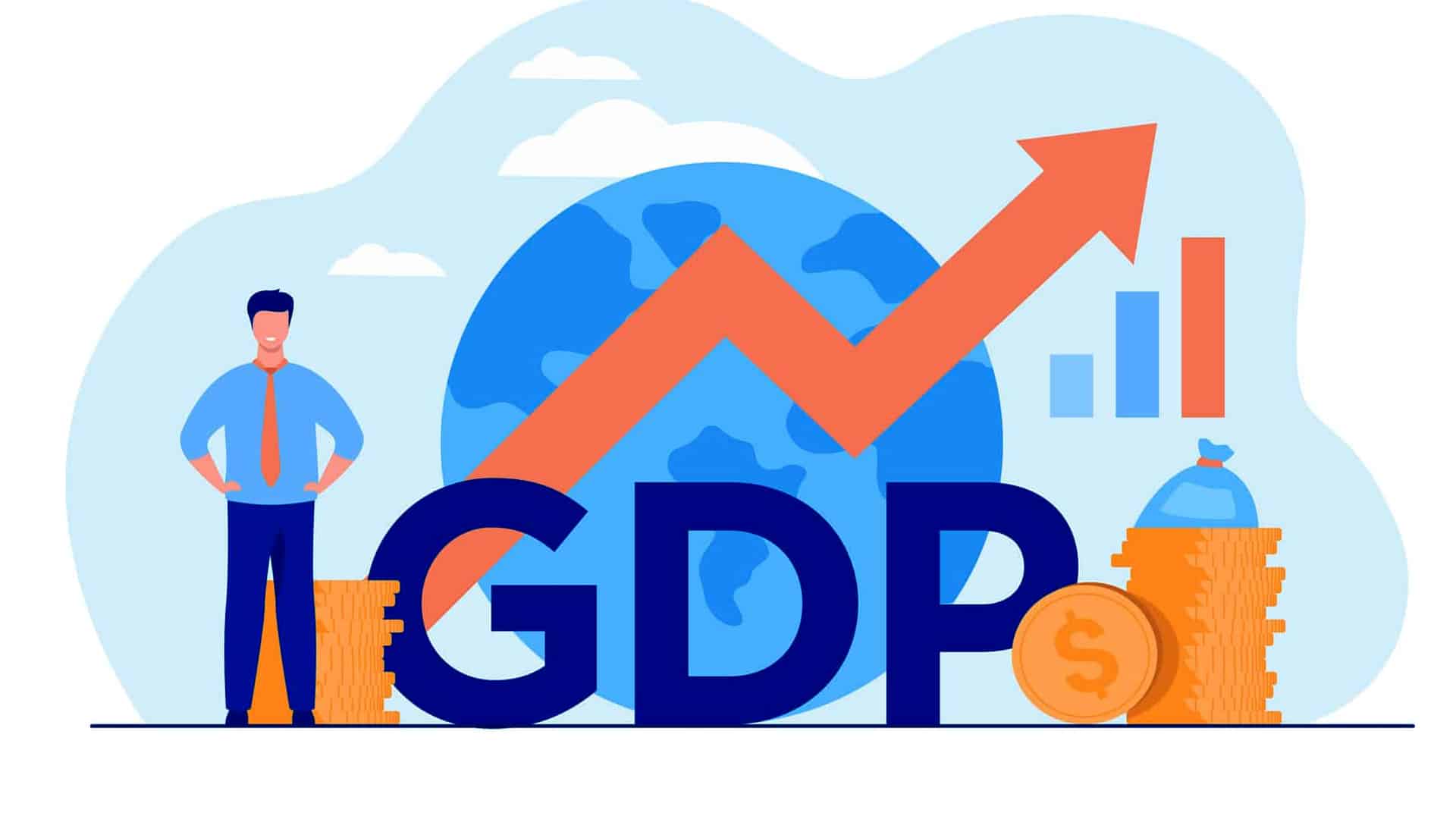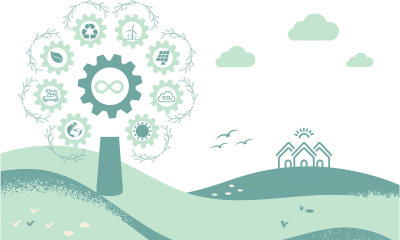Economy
India remains fastest growing economy with 13.5% growth in Q1
India remains the world’s fastest-growing economy, with GDP expanding 13.5 per cent in the April-June quarter, the quickest pace in a year, but rising interest costs and the looming threat of recession in major world economies could slow the momentum in coming quarters.
Gross domestic product (GDP) growth of 13.5 per cent year-on-year compares to a 20.1 per cent expansion a year back and 4.09 per cent growth in the previous three months to March, official data released on Wednesday showed. The growth, though lower than the Reserve Bank of India (RBI) estimate of 16.2 per cent, was fuelled by consumption and signalled a revival of domestic demand, particularly in the services sector.
Also read: Meta takes action against 2.7 crore posts on Facebook, Instagram in India
Pent-up demand is driving consumption as consumers, after two years of pandemic restrictions, are stepping out and spending. The services sector has seen a strong bounce back that will get a boost from the festival season next month. But the slowing growth of the manufacturing sector at 4.8 per cent is an area of worry. Also, imports being higher than exports is a matter of concern. Additionally, an uneven monsoon is likely to weigh upon agri growth and rural demand.
The GDP print will, however, allow the Reserve Bank of India to focus on controlling inflation, which has stayed above the comfort zone of 6 per cent for seven straight months. The central bank has raised the benchmark policy rate by 140 basis points in three instalments since May and has vowed to do more to bring inflation under control. Besides tighter monetary conditions, Asia’s third-largest economy faces headwinds from higher energy and commodity prices that are likely to weigh on consumer demand and companies’ investment plans.
Also, consumer spending, which accounts for nearly 55 per cent of economic activity, has been hit hard by soaring food and fuel prices. The GDP growth in the first quarter of the current fiscal was higher than China’s 0.4 per cent growth in April-June. Private investment during April-June increased 20.1 per cent year-on-year, data show. Government spending rose 1.3 per cent while private consumption was up 25.9 per cent.
The GVA growth of 12.7 per cent in Q1 FY2023, powered by a sharp base-effect-led 17.6 per cent expansion in services and an 8.6 per cent rise in the industry amid a surprisingly sanguine 4.5 per cent growth in agriculture, belying the adverse impact of the heat wave on the rabi harvest of wheat. Commenting on the GDP numbers, Finance Secretary TV Somanathan said India’s GDP is now nearly 4 per cent higher than pre-pandemic levels. He emphasised that the government was on track to meeting the fiscal deficit target of 6.4 per cent of GDP for the current fiscal year ending March 31, 2023.
Indian economy, he said, is on course for a more than 7 per cent growth in the current fiscal. Economic Affairs Secretary Ajay Seth said gross fixed capital formation was up 34.7 per cent in April-June, the highest in 10 years. Also, GST tax collections, which are directly proportional to economic activity, are likely to be in the healthy range of Rs 1.42-1.43 lakh crore in August, he said. Aditi Nayar, Chief Economist, Icra, said GDP growth will certainly moderate in July-September, as the base effect normalises.
This was reflected in moderation in crore sector growth in July. The eight core infrastructure sectors showed growth slowing down to 4.5 per cent in July — the lowest in six months — against 9.9 per cent in the year-ago period. The output of these infrastructure sectors expanded by 13.2 per cent in June, 19.3 per cent in May, 9.5 per cent in April, 4.8 per cent in March, 5.9 per cent in February and 4 per cent in January. The production growth of eight infrastructure sectors — coal, crude oil, natural gas, refinery products, fertiliser, steel, cement and electricity — was 11.5 per cent in April-July this fiscal against 21.4 per cent a year ago.
“We foresee modest downside risks to the NSO’s initial estimate of 12.7 per cent GVA growth in Q1 FY2023, on account of potential downward revisions in the agricultural performance from the current level of 4.5 per cent,” Nayar said. Parallelly, official employment data showed the unemployment rate in urban areas dipping to 7.6 per cent in April-June from 12.6 per cent in the year-ago quarter. Joblessness or unemployment rate is defined as the percentage of unemployed persons in the labour force.
Rumki Majumdar, Economist, Deloitte India, said the growth in India is in contrast to other major economies that are showing signs of a slowdown. “This should help boost global investors’ confidence and attract investment in the economy.” “The services sector is seeing a strong bounce back after a prolonged uncertainty for two years. The boost in the hospitality sector is evidence of the fact that people are wanting to catch up on travel plans. The next quarter is likely to be equally strong because of the festivities,” Majumdar said.
Real GDP or Gross Domestic Product (GDP) at Constant (2011-12) Prices in Q1 2022-23 is estimated to attain a level of Rs 36.85 lakh crore against Rs 32.46 lakh crore in Q1 2021-22, showing a growth of 13.5 per cent compared to 20.1 per cent a year ago, the National Statistical Office (NSO) statement said. The real GDP in absolute terms stood at Rs 27.03 lakh crore in the April-June quarter in 2020. It had contracted by 23.8 per cent in the first quarter of 2020-21 on account of lockdown restrictions to curb the spread of coronavirus.
As per the data, Gross Value Added (GVA) grew by 12.7 per cent to Rs 34.41 lakh crore in April-June this year. The GVA growth in the farm sector is 4.5 per cent in the first quarter compared to 2.2 per cent a year ago. However, the GVA growth in the manufacturing sector decelerated sharply to 4.8 per cent during the quarter from 49 per cent in the year-ago period. The NSO stated that the Nominal GDP or GDP at Current Prices in Q1 2022-23 is estimated at Rs 64.95 lakh crore against Rs 51.27 lakh crore in Q1 2021-22, showing a growth of 26.7 per cent compared to 32.4 per cent a year ago.















Pingback: Moody's slashes India's economic growth forecast to 7.7% for 2022